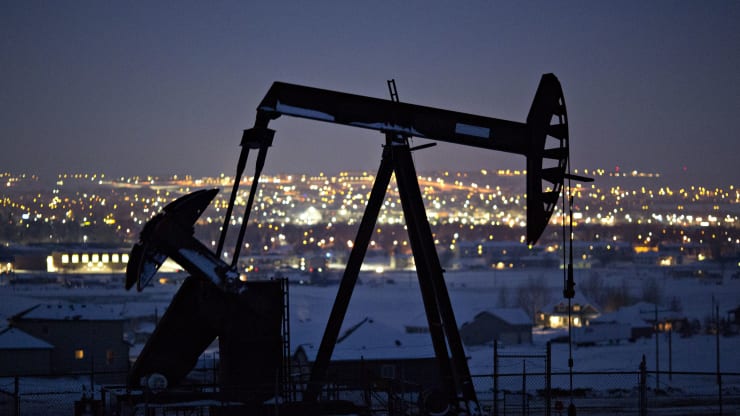The US is energy independent but only up to a point

Pumpjack above an oil well in North Dakota
On Wednesday (Jan.8) Donald Trump declared that the US was “energy independent” and that “we do not need Middle East oil”.
That’s true – up to a point.
Four months ago, the US became a net oil exporter for the first time since records began in 1973. This is because of America’s shale oilfields, which have helped drive homegrown production up from 5m bpd in 2010 to 12m last year. It’s also true that the US is now the world’s leading oil producer, ahead of Saudi Arabia and Russia. America is pumping so much oil that it’s now exporting 3 million barrels a day.
So America really doesn’t have much to fear from an oil shock. It’s not as vulnerable as before.
But, here’s the thing: The US is not immune from high oil prices. Oil is a globally traded commodity. Any supply problems in the Middle East will definitely have an impact on prices everywhere, as Bob McNally, president of consulting firm Rapidan Energy Group recently noted. “The reality is that a disruption anywhere produces a price spike everywhere, including here,” he said, in reference to the US.
Of course, the US could decide to keep domestic pump prices artificially low but there’s a limit to how long it can do that.
Quite apart from that, America’s shale oil is very light and it needs to import heavy oil from overseas – mostly from Canada and Mexico, but Saudi Arabia and Iraq as well. That’s because the US refinery system operates best with a healthy dose of heavy oil.
So the US is energy independent but only up to a point.

